There can be your advertisement
300x150
Leather in Interior Design: 5 Tips and 30 Examples of Home Decoration
1. Use Leather Upholstery
Leather upholstery on walls is a current trend in design. Depending on your taste, the upholstery can be soft and voluminous or, on the contrary, resemble regular wallpaper. The first option suits luxurious classical interiors, while the second is better for a more modern interpretation of housing. By the way, leather upholstery can help solve sound insulation problems: the material does not easily transmit sound.
Leather on the floor remains an exotic designer trick but is steadily gaining popularity over standard parquet and laminate. In addition to solid coverage and small tiles, the floor can be decorated with leather rugs or hides. This material is currently not used except for ceiling finishing. However, this is likely just a matter of time.

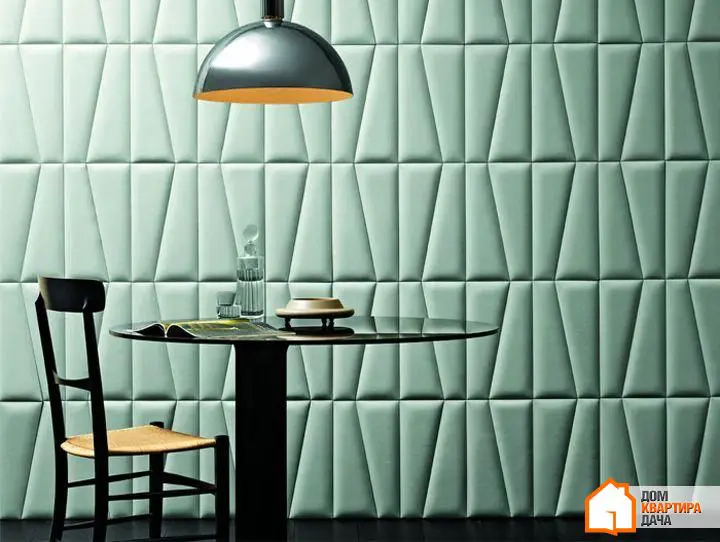
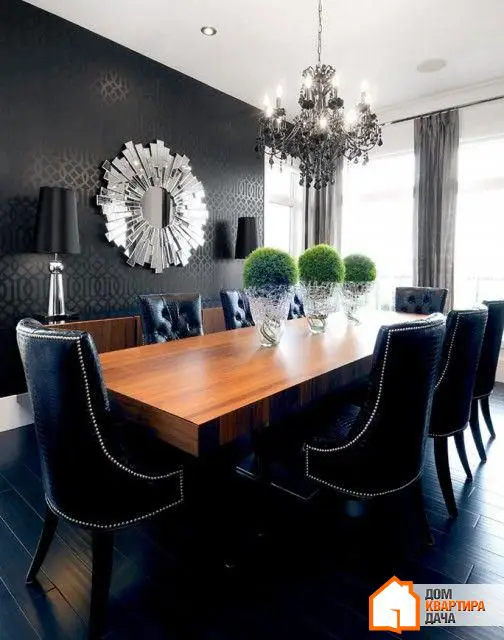


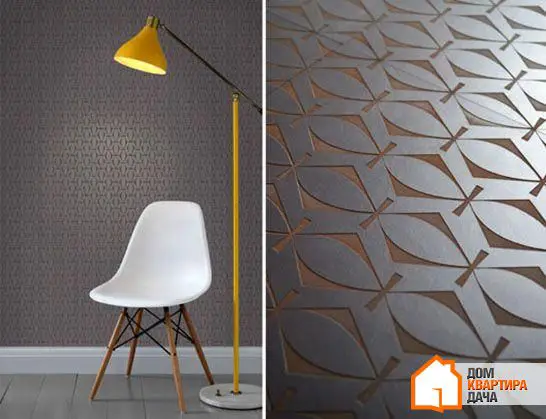
2. Choose Furniture According to Interior Style
Depending on the overall style of your apartment, leather furniture can be used in the living room, office, or dining room, selecting color and texture of the piece to match specific stylistic goals. A worn brown sofa will help create an interior in the shabby-chic style, an elegant chair is perfect for minimalist design, and bright yellow or red furniture blends well into a playful eclecticism atmosphere.
Another way to use leather in the interior is to upholster the headboard of a bed. Besides its expressive visual aspect, leather upholstery is also practical. It's easy to clean, and modern materials—whether natural leather or artificial substitute—last longer than you might imagine.



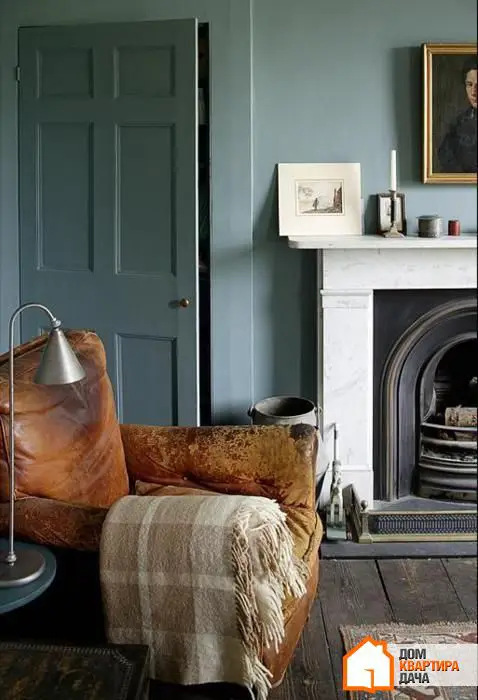
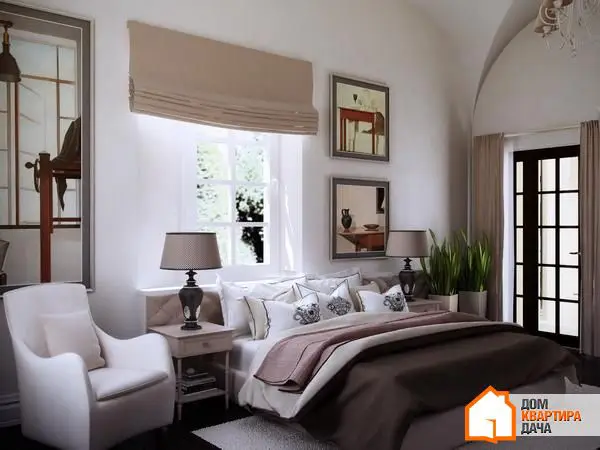
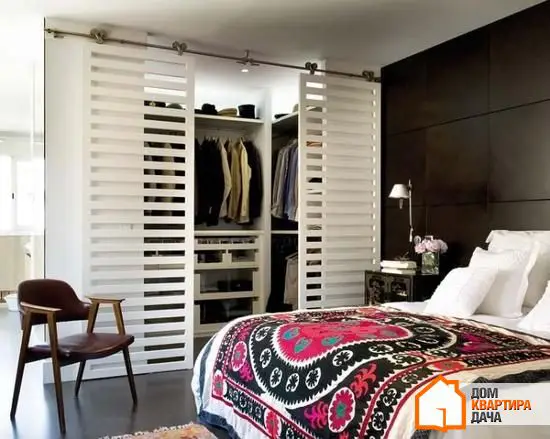
3. Combine Leather with Decor
Leather is an active style-forming element, so designers recommend repeating its tone in the room's decoration. A strict interior can be enhanced with fur hides, while a more democratic one—by paintings in frames and appropriate textiles.
Leather also fits well into an eclectic interior. In this case, it can be played with according to imagination. Leather is often used in window treatments—e.g., as horizontal blinds.
By the way, leather decor can be made by yourself with minimal sewing skills—it becomes a worthy alternative to common materials. Clothing and accessory hangers, curtain clips, storage boxes and chests can look brutal or playful depending on the interior.
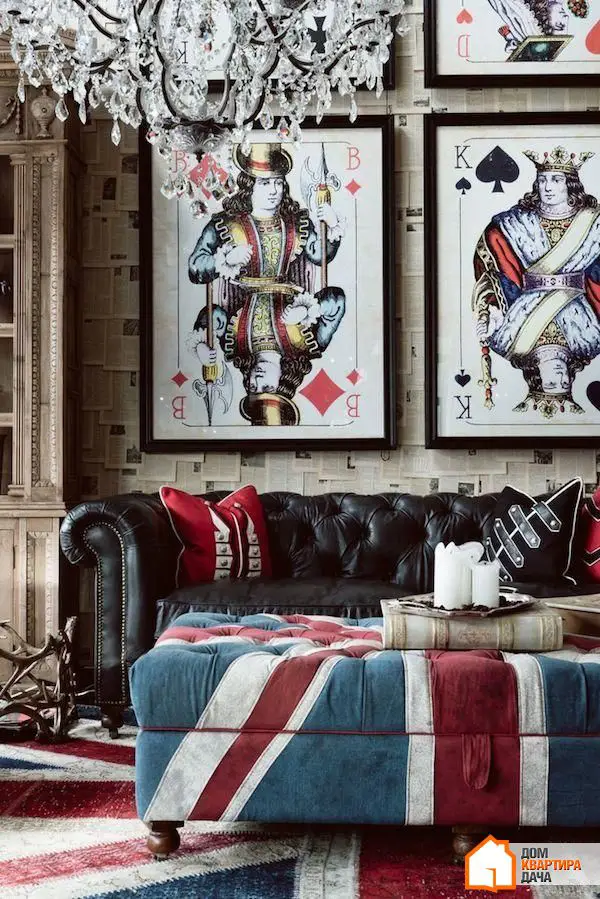
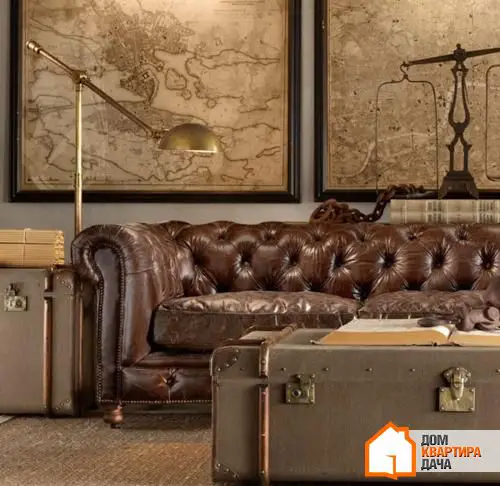
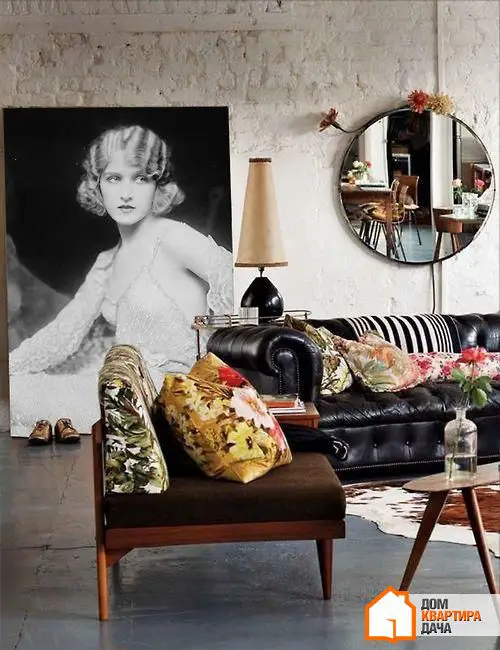

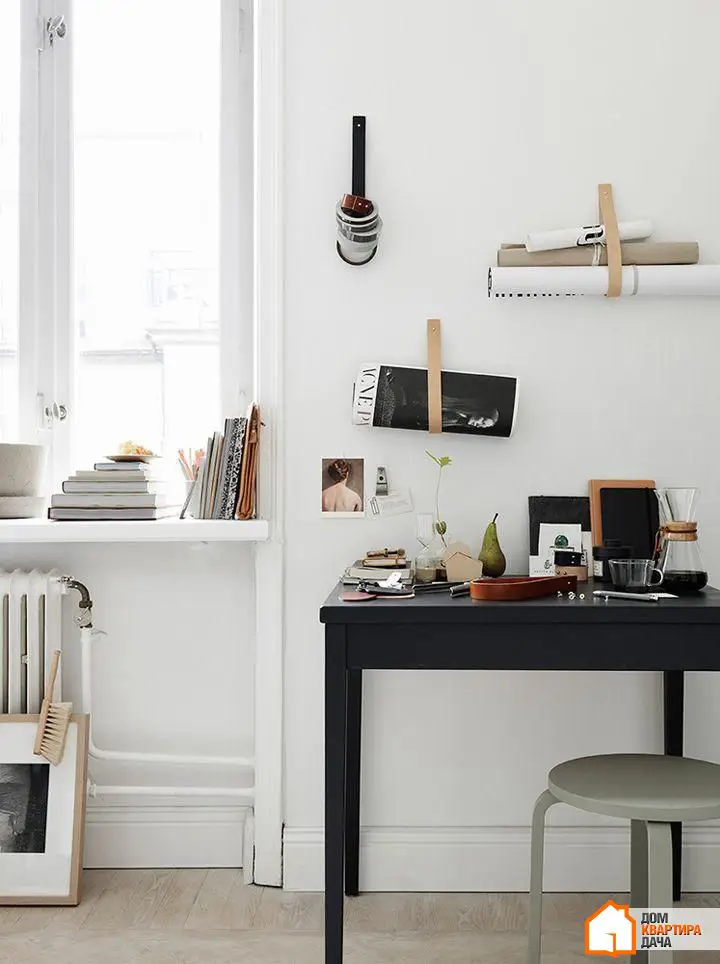
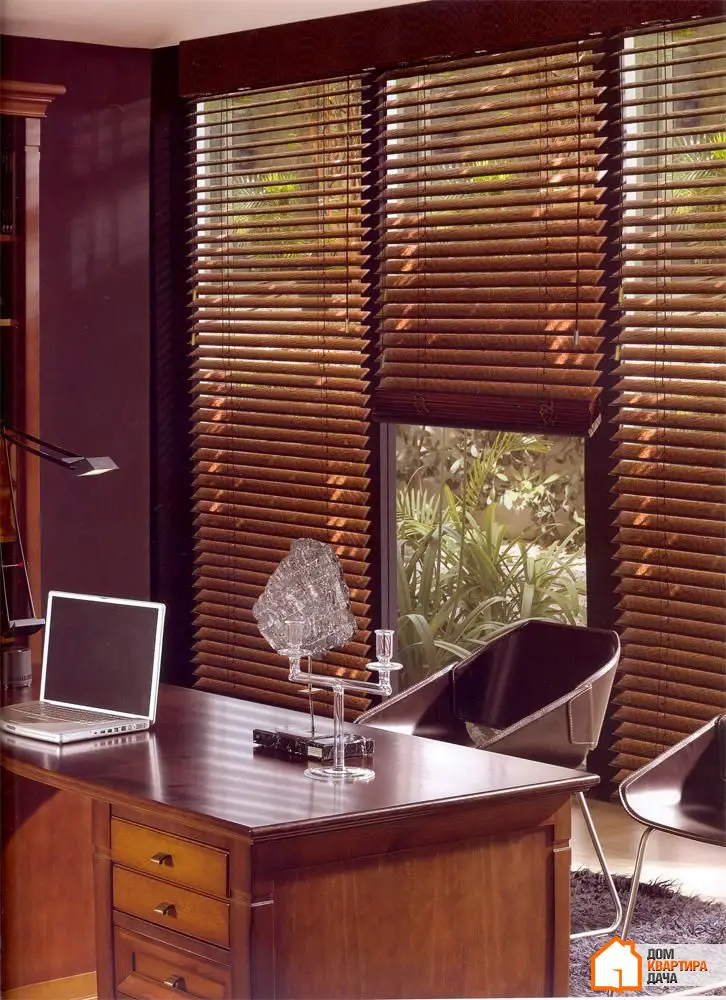
4. Protect Nature
Animal rights advocates can also use this material for interior decoration—specialists have developed so-called eco-leather, a quality substitute for natural products. Visually, they are very hard to distinguish from each other, and eco-leather costs less and has the ability to recover from damage. Eco-leather is widely used for making stylish furniture items, and it serves just as well as natural leather. The material does not irritate the skin, has no smell, and does not emit toxins during use.
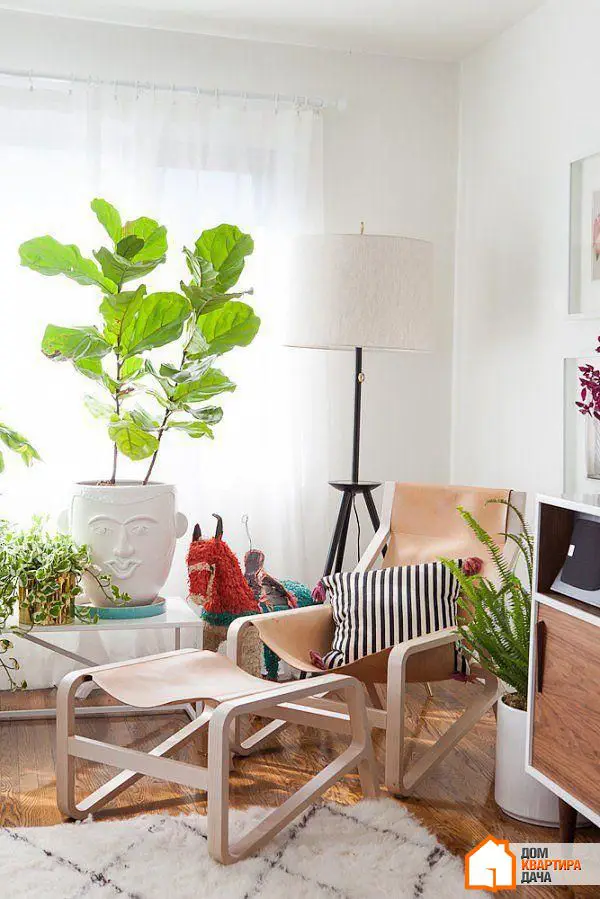
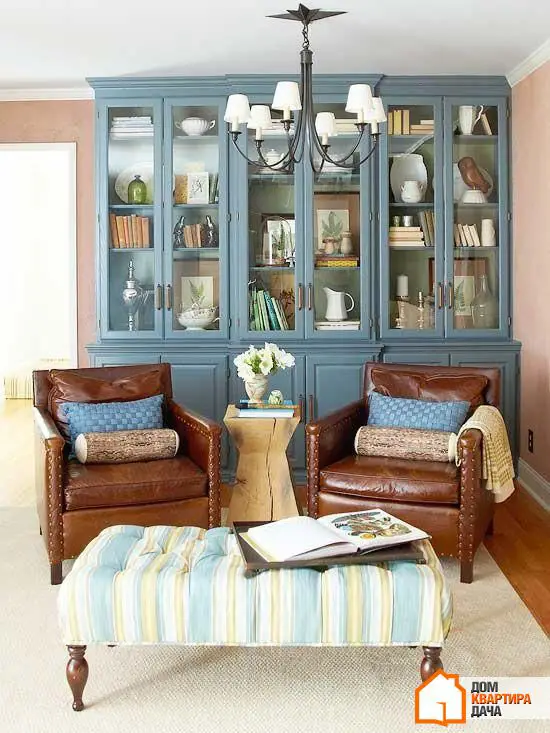

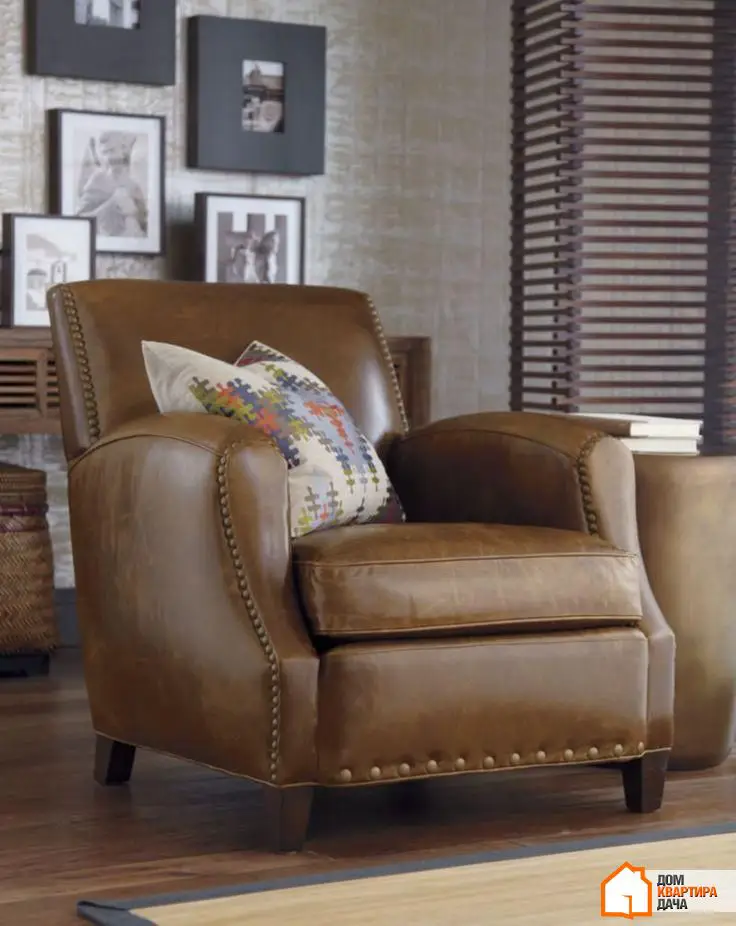
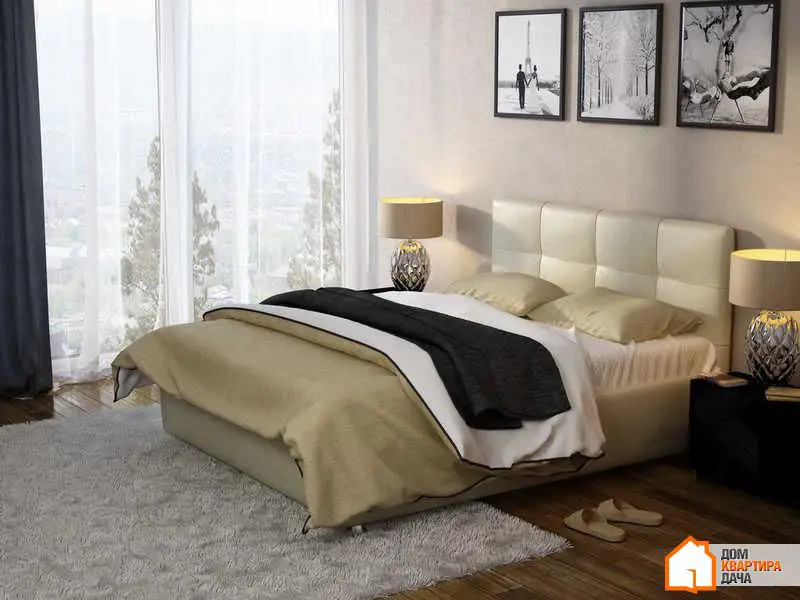

5. Maintain Leather Items
Caring for leather furniture and upholstery is not too complicated. First, it's important to determine where the item will be placed: it is known that leather does not like sharp temperature fluctuations. Second, you need to select an appropriate cleaning product and treat the furniture at least twice a year or as needed. Third, leather should never be rubbed with a rough brush: you might remove the dirty spot, but the appearance of the material is unlikely to improve.
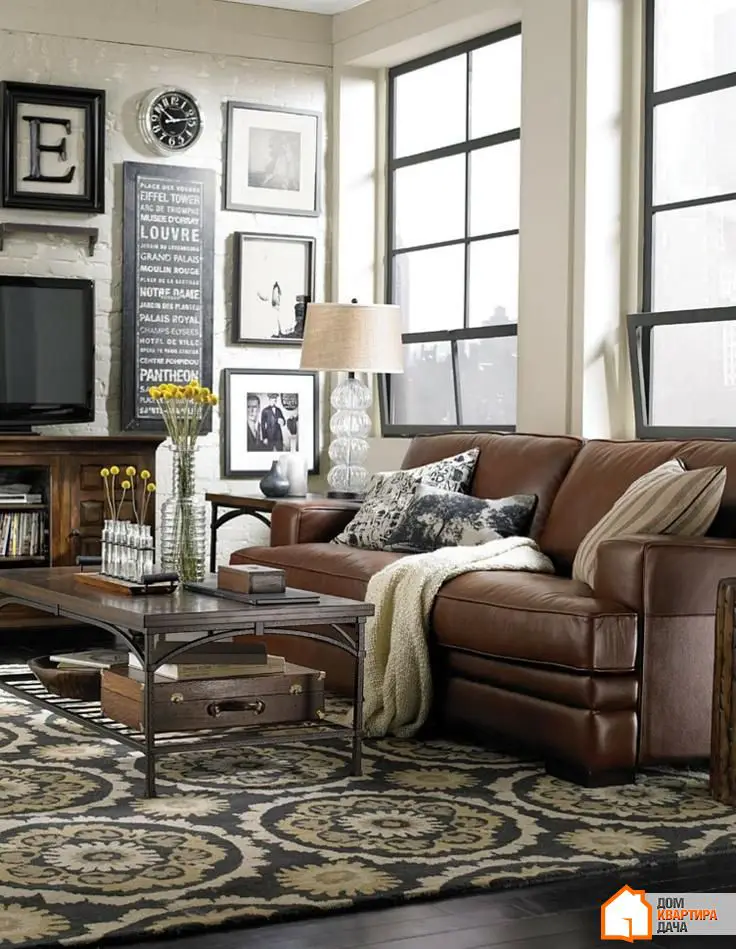
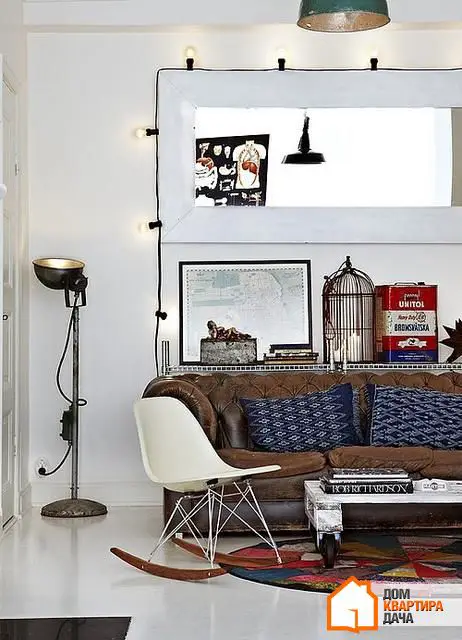

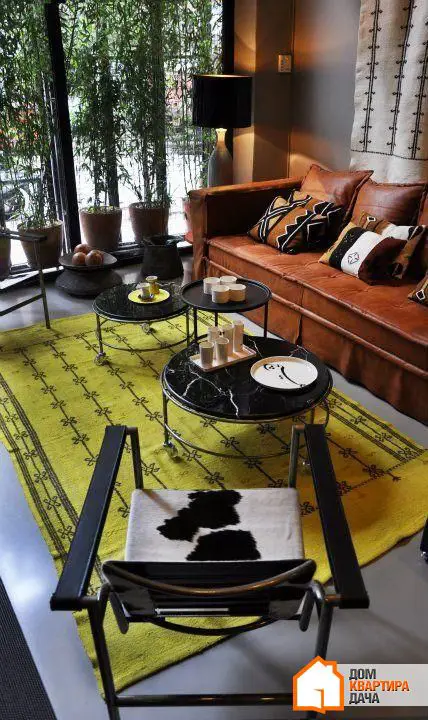


More articles:
 Design of a Compact Two-Room Apartment
Design of a Compact Two-Room Apartment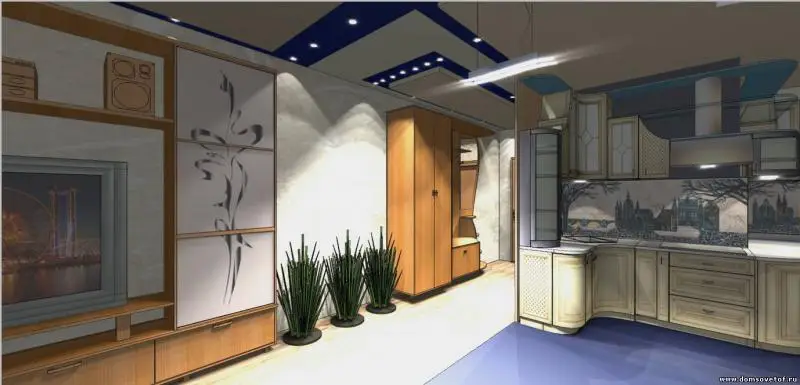 Design of a Two-Room Apartment
Design of a Two-Room Apartment Design of a Two-Room Khrushchyovka
Design of a Two-Room Khrushchyovka Gypsum Board Structures. Design Selection and Installation Instructions
Gypsum Board Structures. Design Selection and Installation Instructions Ceiling Design with Gypsum Board, Flight of Imagination
Ceiling Design with Gypsum Board, Flight of Imagination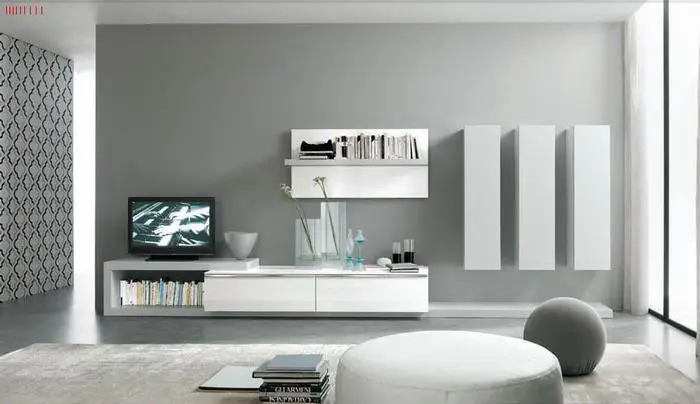 White Living Room Interior
White Living Room Interior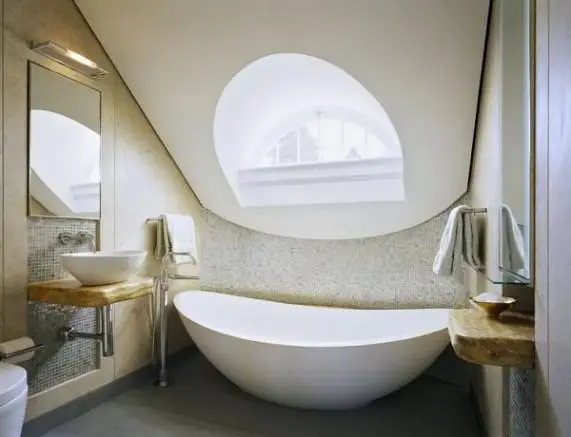 Design of Bathroom with Window
Design of Bathroom with Window How to Choose Wall Colors: Most Trendy Shades of 2014/2015
How to Choose Wall Colors: Most Trendy Shades of 2014/2015